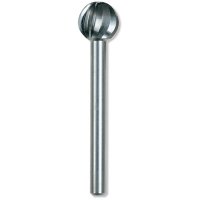Kim Schoedel
Member III
When I reef the main, I have to loosen the stopper in the sail track on the mast and reposition it below the wide point (where you slip the slugs out) so I can lower the main enough so the reefing clew can be hooked on the reefing hook on the boom.
Of course, this makes "shakeing out the reef" a similar pain in the butt in reverse.
What am I missing here? As far as I know, this is the original mast. There is only one reefing clew on this North Sail main. Am I the only sailor that has to go through this emotional drain to reef?
The other choice would be to just reef far enough to not have to move the stopper and just have less of a reef. Not a good choice as I wouldn't be reducing enough sail area. And I think the sail should be reefed down to the boom.
Please help!
Of course, this makes "shakeing out the reef" a similar pain in the butt in reverse.
What am I missing here? As far as I know, this is the original mast. There is only one reefing clew on this North Sail main. Am I the only sailor that has to go through this emotional drain to reef?
The other choice would be to just reef far enough to not have to move the stopper and just have less of a reef. Not a good choice as I wouldn't be reducing enough sail area. And I think the sail should be reefed down to the boom.
Please help!

